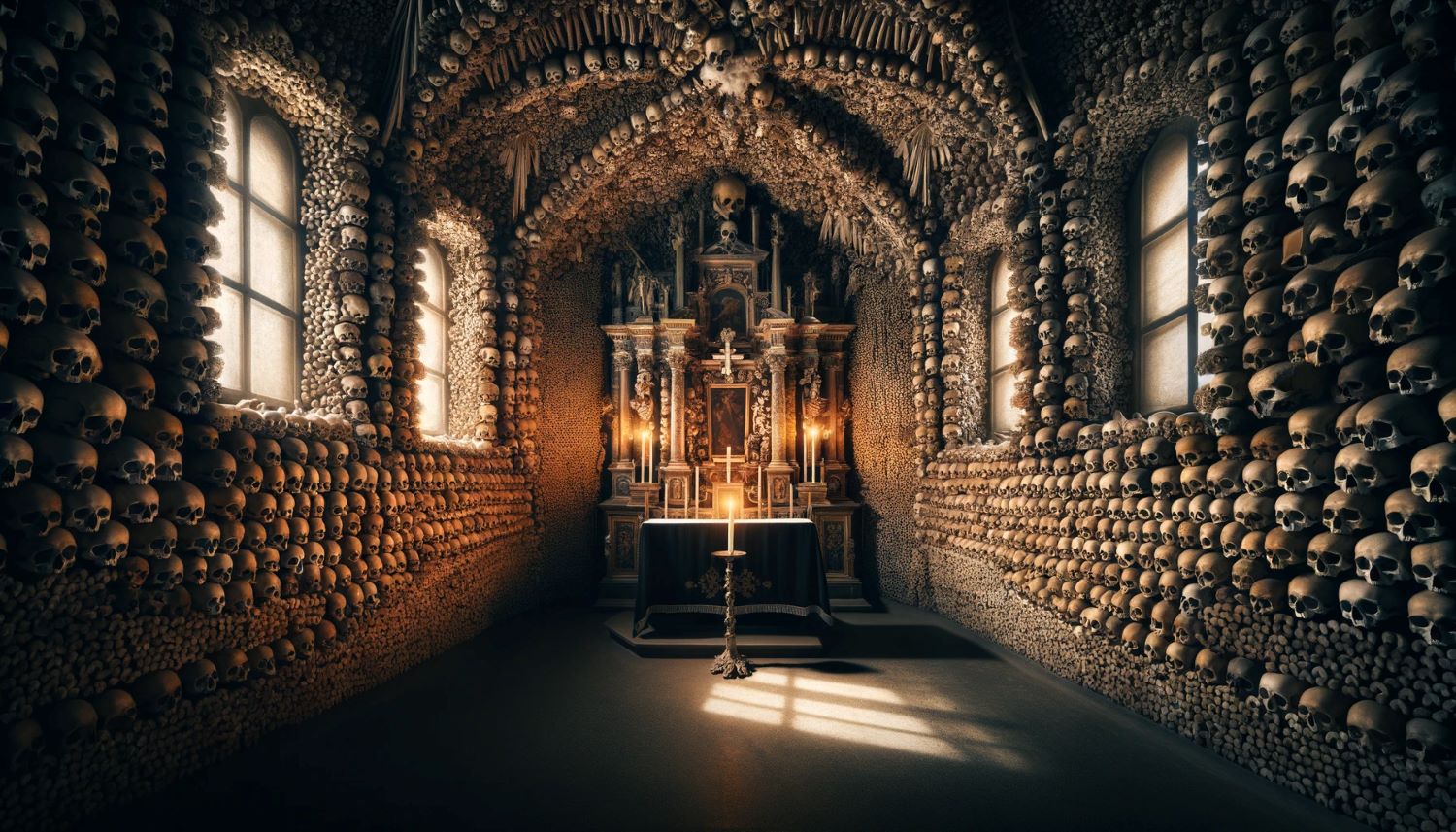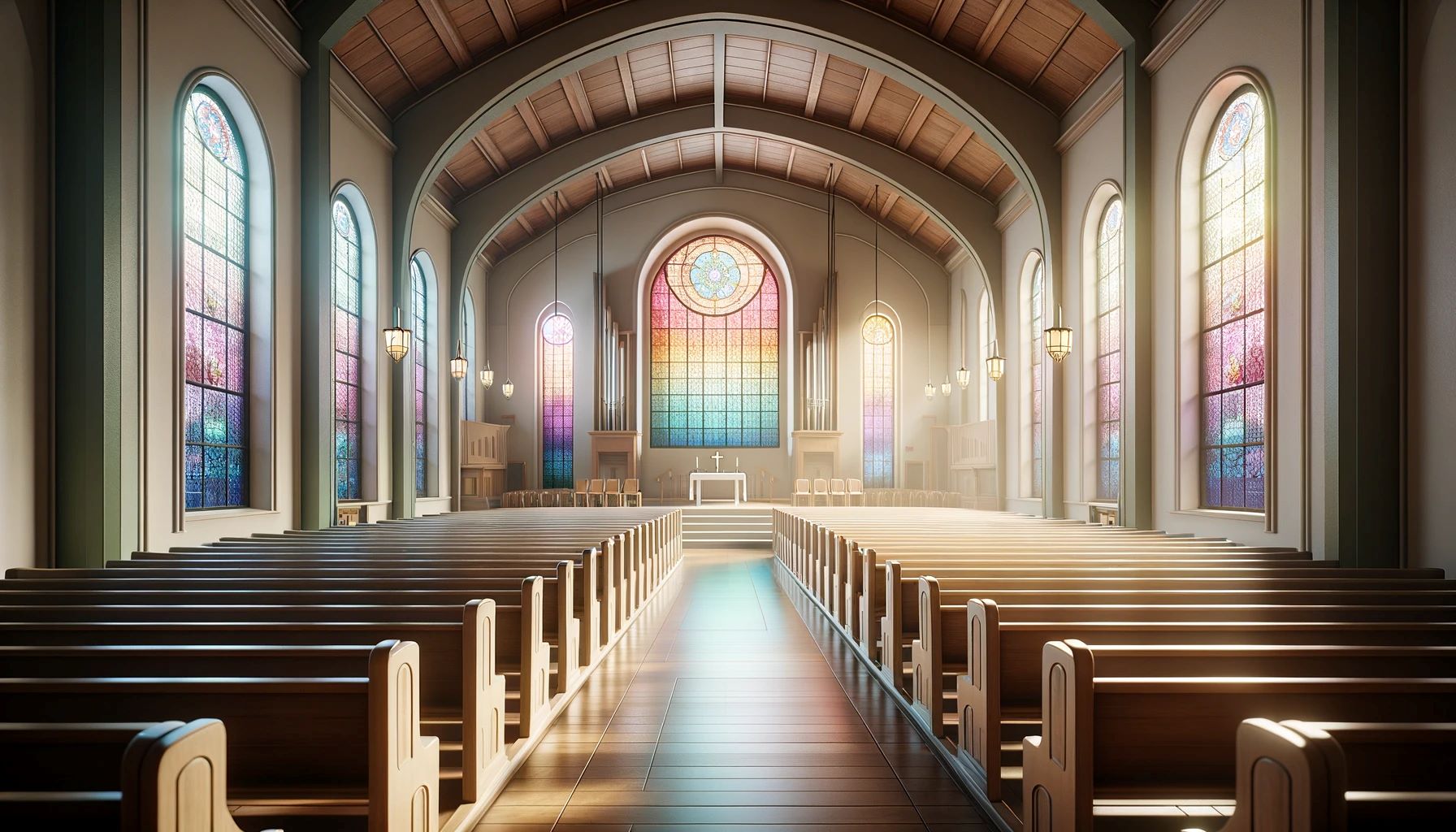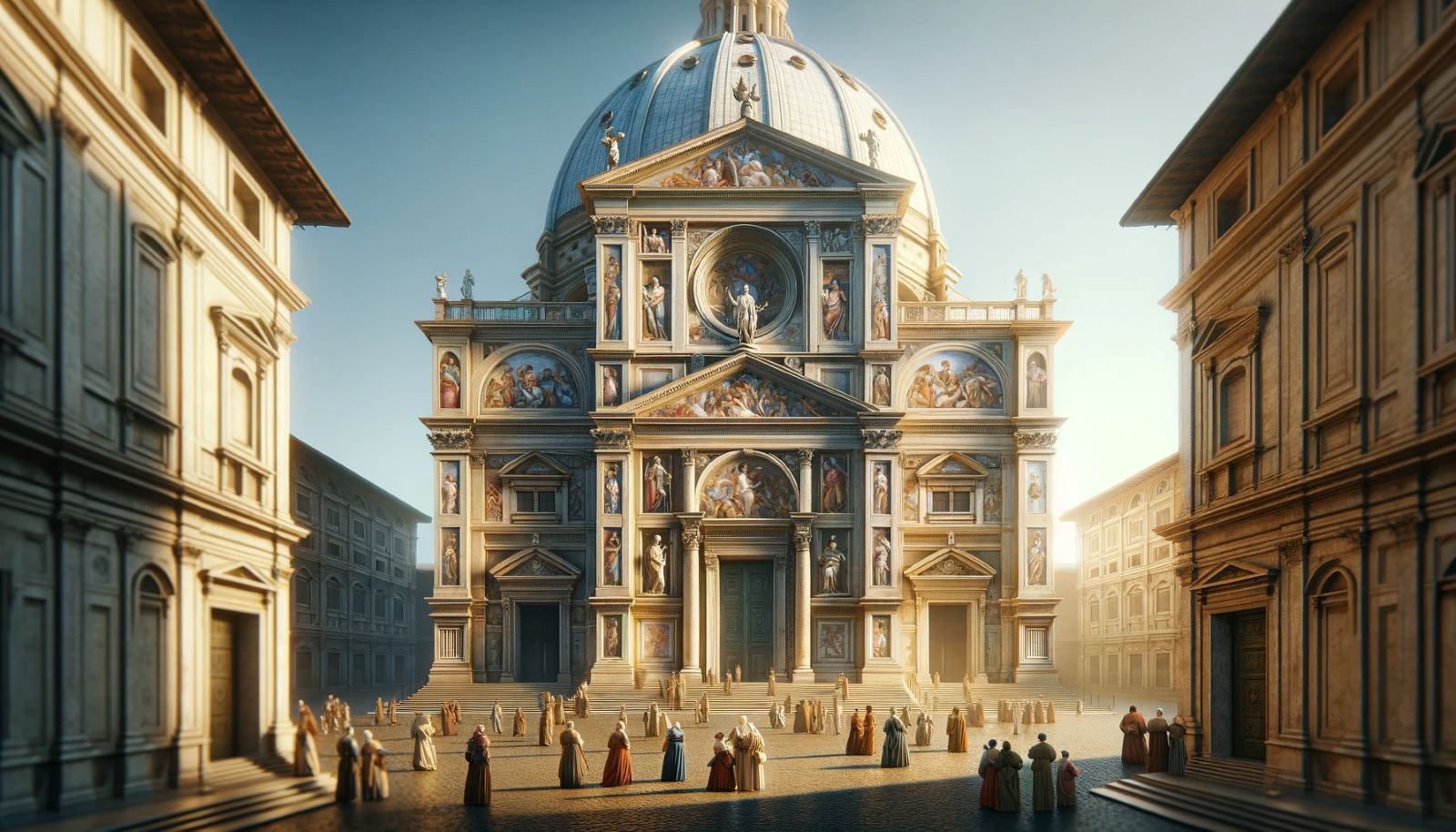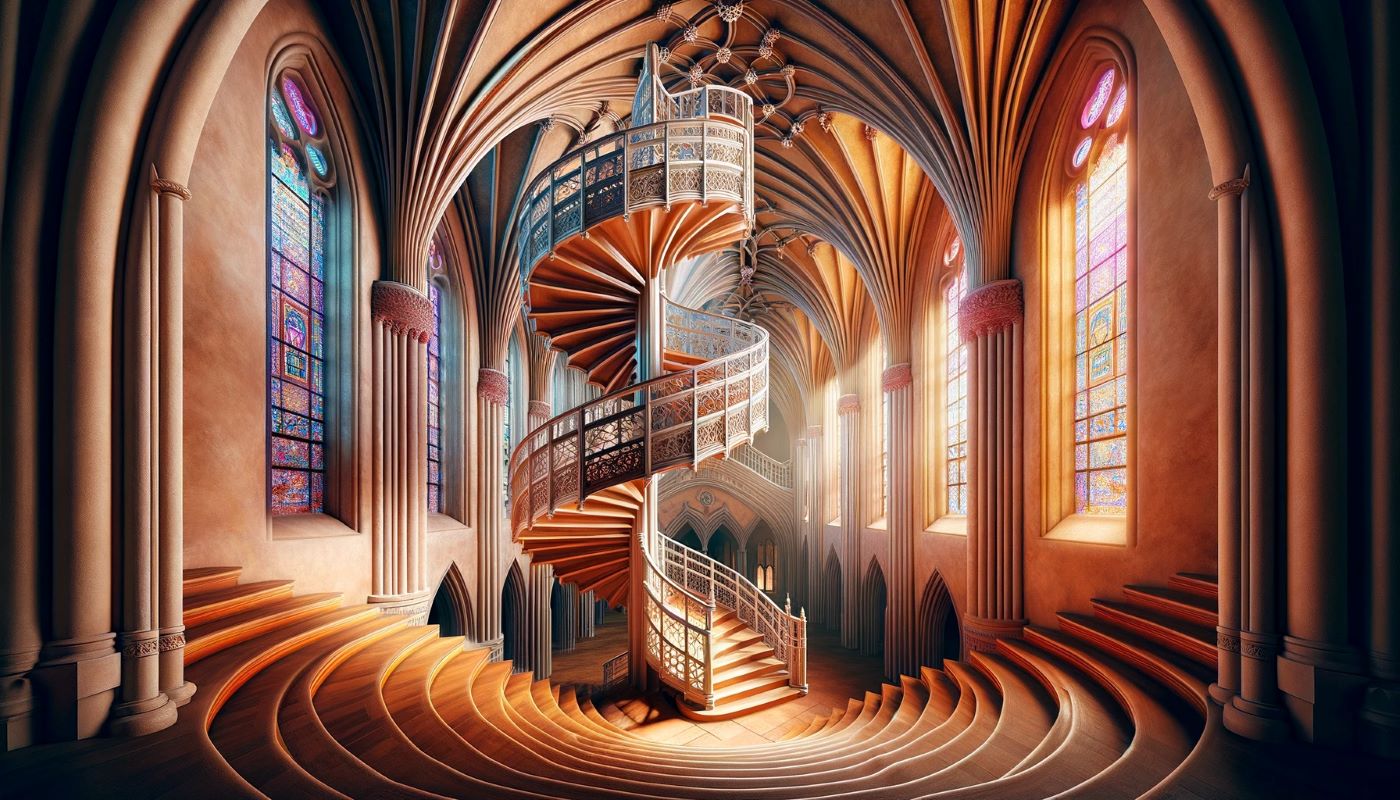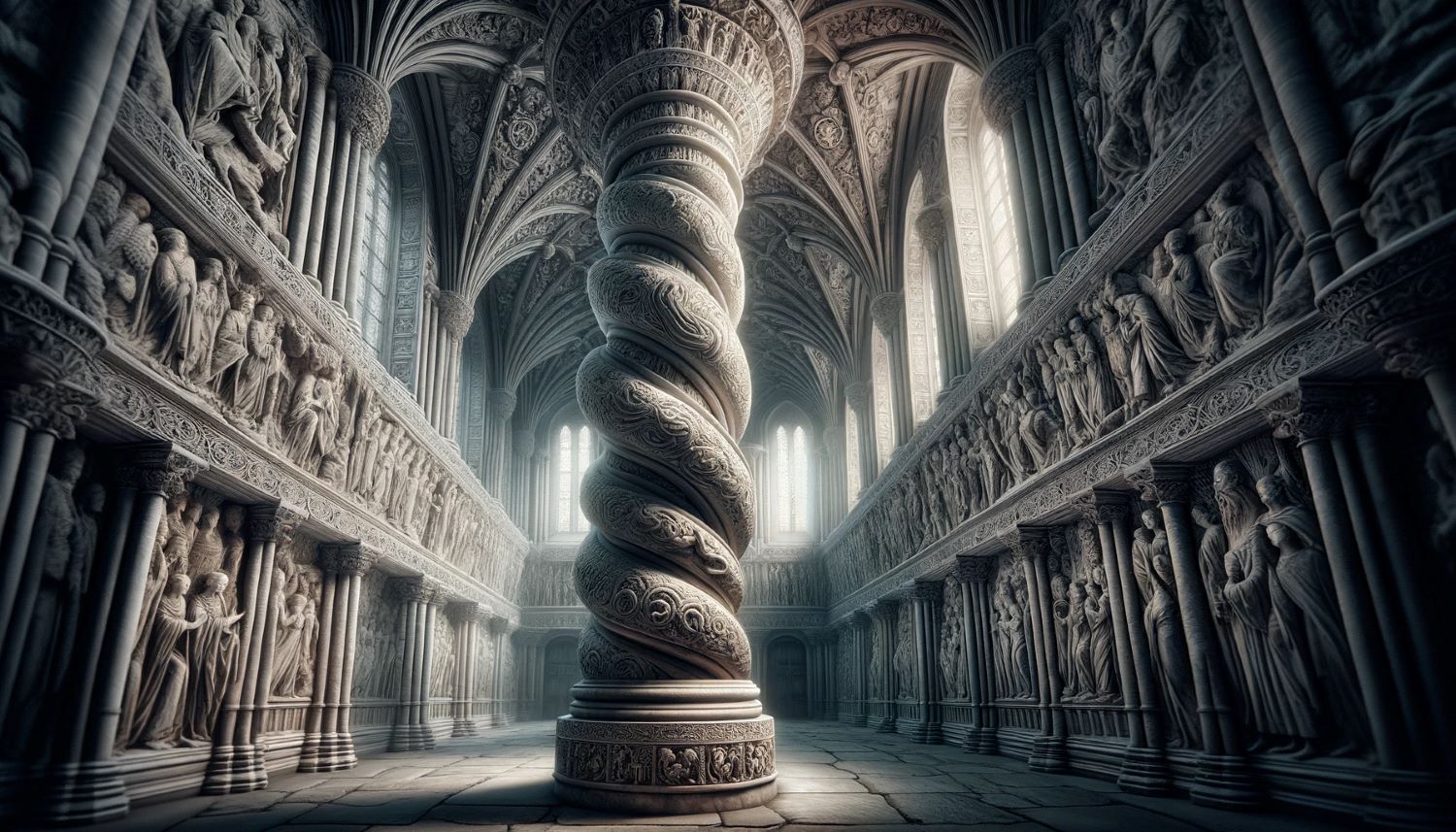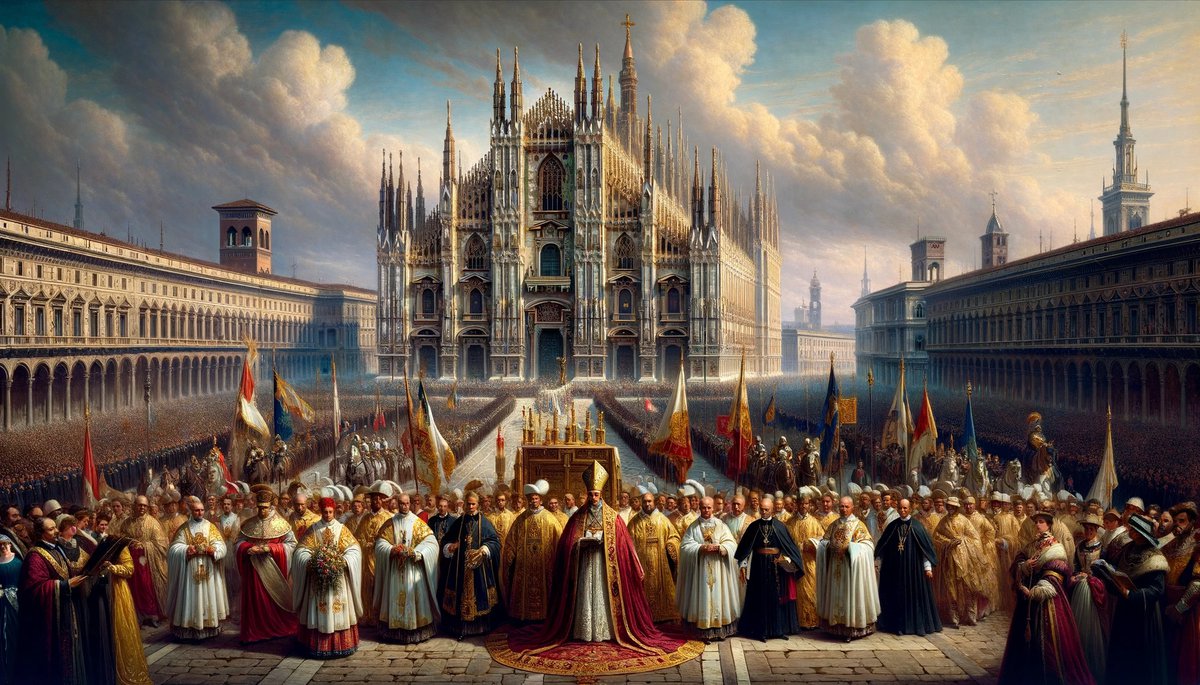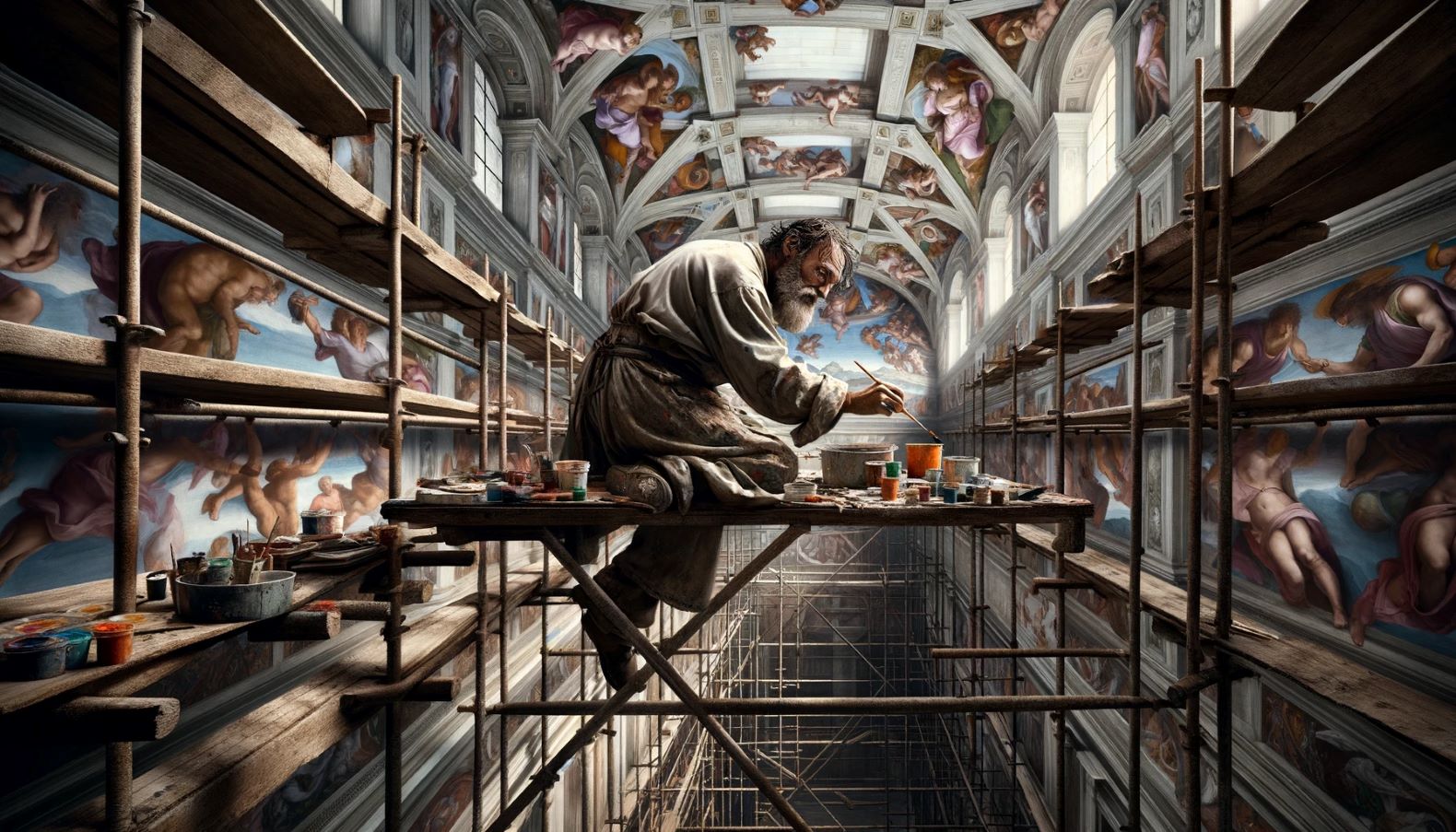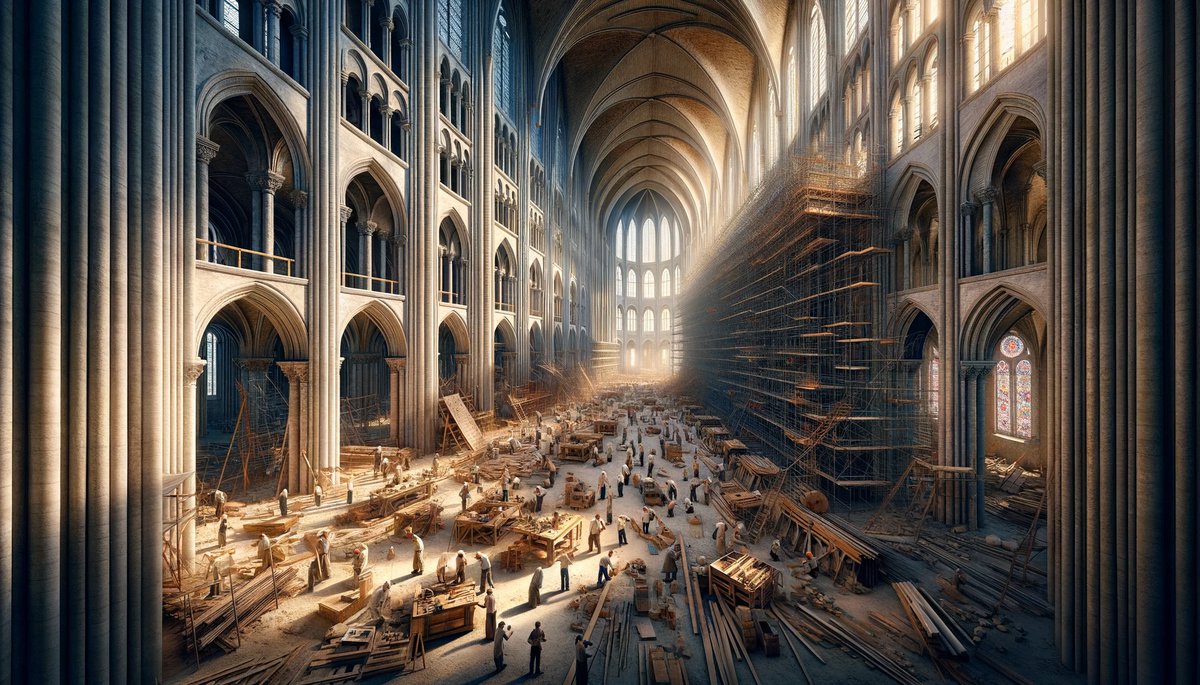Home>Arts and Culture>Why Was The Chapel Bridge Built


Arts and Culture
Why Was The Chapel Bridge Built
Published: March 4, 2024
Peter Smith, Editorial Director at Christian.net, combines deep insights into faith, politics, and culture to lead content creation that resonates widely. Awarded for his contributions to religious discourse, he previously headed a major organization for religious communicators, enhancing dialogue on faith's societal impacts.
Discover the rich history and cultural significance of the Chapel Bridge, a masterpiece of arts and culture, and learn why it was built. Explore its intriguing story today!
(Many of the links in this article redirect to a specific reviewed product. Your purchase of these products through affiliate links helps to generate commission for Christian.net, at no extra cost. Learn more)
Table of Contents
The History of Chapel Bridge
The Chapel Bridge, also known as Kapellbrücke, is a historic wooden bridge located in the city of Lucerne, Switzerland. It was originally constructed in the 14th century as a part of the city's fortifications. The bridge served as a crucial defensive structure, allowing the city's guards to protect the town from potential invaders. Over the centuries, the Chapel Bridge has stood as a symbol of the city's resilience and strength, surviving numerous natural disasters and wars. Its rich history and enduring presence make it a significant cultural landmark in Lucerne.
-
Medieval Origins: The Chapel Bridge was built around 1365, making it one of the oldest wooden bridges in Europe. Its construction was closely tied to the growth and development of Lucerne as a prominent city in the region. During the Middle Ages, the bridge played a vital role in connecting the two parts of the city separated by the Reuss River, facilitating trade and commerce.
-
Devastating Fire: In 1993, a devastating fire swept through the Chapel Bridge, causing extensive damage to its wooden structure. The fire, which was believed to have been sparked by a discarded cigarette, consumed a significant portion of the bridge and threatened its existence. However, the people of Lucerne rallied together to support the reconstruction efforts, demonstrating their deep attachment to this iconic landmark.
-
Symbol of Resilience: Despite the challenges it has faced, the Chapel Bridge stands as a testament to the resilience of the people of Lucerne. Its reconstruction after the fire symbolizes the city's ability to overcome adversity and preserve its cultural heritage. The bridge's historical significance and enduring appeal continue to draw visitors from around the world, allowing them to witness a piece of medieval history that has withstood the test of time.
-
Tourist Attraction: Today, the Chapel Bridge is not only a functional pathway across the river but also a popular tourist attraction. Visitors can stroll along the bridge, admiring its iconic triangular roof and the series of 17th-century paintings that adorn its interior. These paintings depict scenes from Swiss history, offering a glimpse into the country's past and adding to the bridge's cultural significance.
In summary, the history of the Chapel Bridge is a tale of survival, resilience, and cultural significance. From its medieval origins to its reconstruction after the devastating fire, the bridge has remained a symbol of strength for the city of Lucerne. Its historical value and architectural charm continue to captivate visitors, making it a cherished piece of Switzerland's heritage.
Read more: Why Was The White Chapel In Egypt Built
The Purpose of Chapel Bridge
The Chapel Bridge, also known as Kapellbrücke, served multiple purposes throughout its long history, reflecting its significance beyond mere transportation. Here are the key aspects of its purpose:
-
Defensive Function: During its initial construction in the 14th century, the Chapel Bridge played a crucial role in the city's defense strategy. As part of Lucerne's fortifications, the bridge provided a strategic vantage point for the city's guards to monitor and protect the town from potential invaders. Its location over the Reuss River allowed for a clear view of approaching threats, enabling swift defensive action when necessary.
-
Trade and Commerce: Beyond its defensive function, the Chapel Bridge facilitated trade and commerce between the two parts of Lucerne divided by the river. Its presence allowed for the seamless movement of goods and people, contributing to the city's economic growth and prosperity during the Middle Ages. The bridge became an essential link in the city's infrastructure, connecting merchants and traders on either side of the river.
-
Cultural Symbolism: In addition to its practical roles, the Chapel Bridge holds significant cultural and symbolic value for the people of Lucerne. It stands as a testament to the city's resilience and strength, having endured centuries of challenges, including natural disasters and wars. The bridge's iconic presence has become intertwined with the identity of Lucerne, representing the city's rich history and heritage.
-
Tourist Attraction: In the modern era, the Chapel Bridge has evolved into a prominent tourist attraction, drawing visitors from around the world. Its historical significance, combined with the picturesque setting of Lucerne, makes it a must-see destination for travelers. The bridge's unique design, adorned with a distinctive triangular roof and historical paintings, adds to its allure as a cultural and architectural gem.
In summary, the Chapel Bridge's purpose transcends mere functionality, encompassing its historical, cultural, and symbolic significance. From its origins as a defensive structure to its role in facilitating trade and its enduring appeal as a tourist attraction, the bridge continues to hold a special place in the heart of Lucerne and the admiration of visitors.
The Construction of Chapel Bridge
The construction of the Chapel Bridge, or Kapellbrücke, dates back to the 14th century, making it one of the oldest wooden bridges in Europe. The bridge was built as a vital component of Lucerne's fortifications, strategically spanning the Reuss River to connect the two parts of the city. The construction process involved meticulous planning and skilled craftsmanship, reflecting the engineering prowess of the time.
-
Architectural Ingenuity: The construction of the Chapel Bridge required a deep understanding of wooden architecture and engineering. The bridge's design incorporated sturdy wooden trusses and supports, allowing it to withstand the forces of nature and the passage of time. The builders utilized traditional carpentry techniques, carefully joining the wooden components to create a robust and enduring structure.
-
Strategic Location: The location of the Chapel Bridge was strategically chosen to serve the city's defensive needs. Positioned at a key crossing point over the Reuss River, the bridge provided a tactical advantage for the city's guards to monitor and defend against potential threats. Its construction played a pivotal role in enhancing the city's defensive capabilities during a time of political and military unrest.
-
Community Collaboration: The construction of the Chapel Bridge was a community effort, involving the collective skills and labor of the city's inhabitants. Local craftsmen, carpenters, and laborers worked together to bring the vision of the bridge to life, demonstrating a shared commitment to fortifying and enhancing their city. This collaborative spirit is evident in the bridge's enduring legacy as a symbol of unity and resilience.
-
Enduring Legacy: Despite the passage of centuries, the construction of the Chapel Bridge has left a lasting legacy that continues to inspire awe and admiration. The bridge's architectural significance, coupled with its historical importance, underscores the craftsmanship and dedication of those who built it. The enduring nature of the bridge stands as a testament to the ingenuity and skill of its creators, preserving their legacy for generations to come.
In essence, the construction of the Chapel Bridge stands as a testament to the ingenuity, strategic foresight, and collaborative spirit of its builders. Its enduring presence serves as a reminder of the remarkable craftsmanship and community effort that went into creating this iconic structure.
The Design of Chapel Bridge
The design of the Chapel Bridge, also known as Kapellbrücke, reflects a harmonious blend of functionality, aesthetics, and symbolic significance. As one of the oldest wooden bridges in Europe, its architectural features and structural elements have captivated visitors and historians alike, offering insights into the engineering prowess of the past and the cultural identity of Lucerne.
-
Triangular Roof: One of the most distinctive features of the Chapel Bridge is its iconic triangular roof, which spans the entire length of the structure. This unique design element not only provides protection from the elements but also contributes to the bridge's visual appeal. The sloping roofline adds a sense of elegance and timelessness to the bridge, enhancing its overall aesthetic charm.
-
Historical Paintings: Adorning the interior of the Chapel Bridge are a series of historical paintings dating back to the 17th century. These paintings depict scenes from Swiss history, offering a captivating visual narrative for visitors as they traverse the bridge. The artwork serves as a testament to the cultural heritage of Lucerne, providing a glimpse into the city's past and enriching the overall experience of crossing the bridge.
-
Wooden Trusses and Supports: The structural design of the Chapel Bridge showcases the skilled craftsmanship and engineering ingenuity of its builders. The bridge's wooden trusses and supports are meticulously crafted, demonstrating a deep understanding of timber construction. The robust wooden framework not only ensures the bridge's stability but also contributes to its enduring legacy as a marvel of medieval engineering.
-
Integration with Water Tower: The Chapel Bridge is seamlessly integrated with the Water Tower, a historic landmark that once formed part of the city's fortifications. This architectural integration enhances the bridge's visual impact and historical significance, creating a cohesive ensemble that reflects the city's medieval heritage. The combination of the bridge and the Water Tower serves as a compelling symbol of Lucerne's rich cultural legacy.
-
Symbolic Significance: Beyond its functional and aesthetic elements, the design of the Chapel Bridge holds profound symbolic significance for the people of Lucerne. It stands as a tangible link to the city's past, embodying the resilience and strength of its inhabitants. The bridge's design elements, from the triangular roof to the historical paintings, collectively contribute to its role as a cherished cultural symbol and a source of local pride.
In essence, the design of the Chapel Bridge represents a masterful fusion of architectural, artistic, and symbolic elements, creating a timeless icon that continues to inspire admiration and reverence. Its enduring design legacy serves as a testament to the bridge's integral role in shaping the cultural identity of Lucerne and captivating the hearts of all who encounter it.
The Importance of Chapel Bridge Today
The Chapel Bridge holds immense importance in the present day, serving as a cherished symbol of Lucerne's rich history and cultural heritage. Its significance extends beyond mere architectural marvel, encompassing its role as a beloved landmark, a tourist attraction, and a source of local pride.
-
Cultural Landmark: As a testament to the city's resilience and endurance, the Chapel Bridge stands as a living monument to Lucerne's past. Its presence serves as a constant reminder of the city's medieval origins and the enduring spirit of its inhabitants. Locals and visitors alike hold the bridge in high esteem, recognizing its cultural significance and the stories it embodies.
-
Tourist Attraction: The Chapel Bridge continues to captivate tourists from around the world, drawing admirers of history, architecture, and art. Visitors are enthralled by the bridge's historical paintings, which offer a captivating glimpse into Swiss history. The bridge, along with its integration with the Water Tower and the scenic backdrop of Lucerne, forms a compelling attraction that enriches the city's tourism landscape.
-
Community Identity: For the people of Lucerne, the Chapel Bridge is more than a physical structure; it is a symbol of community identity and pride. The bridge serves as a focal point for local events, celebrations, and gatherings, fostering a sense of unity and belonging among residents. Its presence in everyday life reinforces its status as a cherished emblem of the city.
-
Historical Preservation: The ongoing preservation efforts for the Chapel Bridge underscore its importance as a historical treasure. Through meticulous maintenance and restoration projects, the city of Lucerne and preservation organizations demonstrate their commitment to safeguarding the bridge for future generations. This dedication to preserving the bridge reflects its enduring value as a cultural asset.
-
Educational Value: The Chapel Bridge serves as an educational resource, offering insights into medieval architecture, engineering, and the historical context of Lucerne. It provides a tangible link to the past, allowing visitors and locals to connect with the city's heritage on a personal level. The bridge's historical significance enriches educational experiences and fosters a deeper appreciation for the city's legacy.
In essence, the Chapel Bridge's importance today transcends its physical presence, encompassing its role as a cultural touchstone, a source of inspiration, and a symbol of collective memory. Its enduring relevance in the modern era underscores the bridge's timeless allure and its integral place in the heart of Lucerne.


